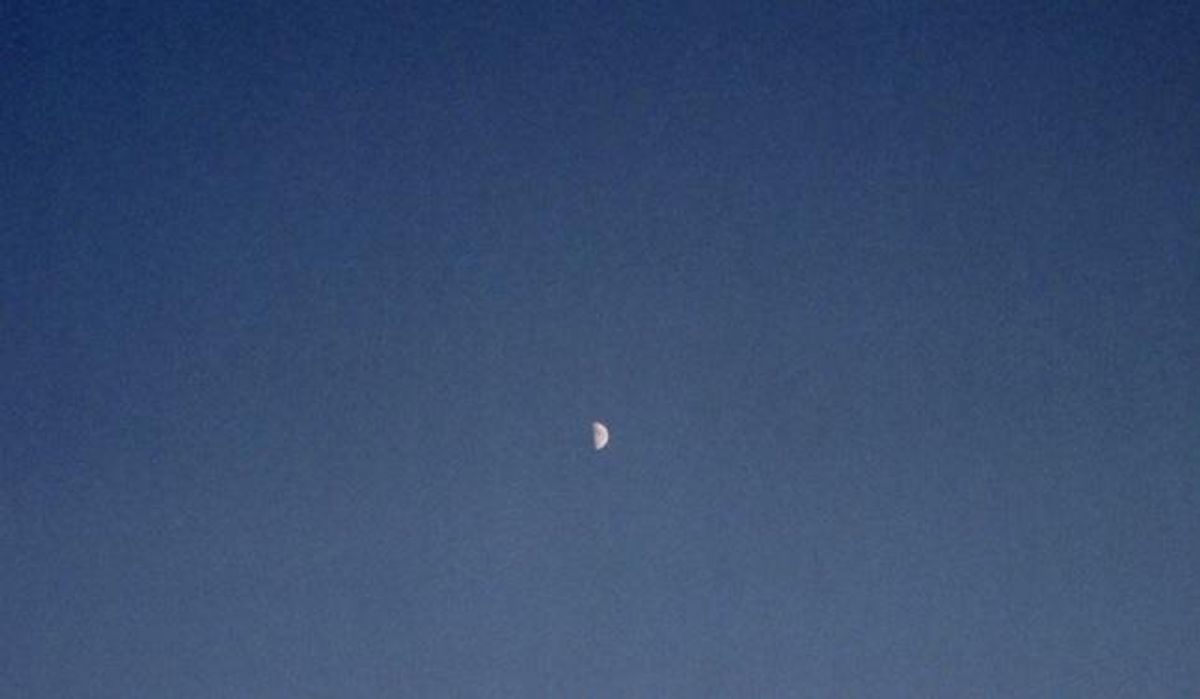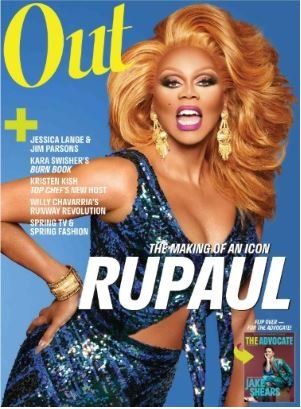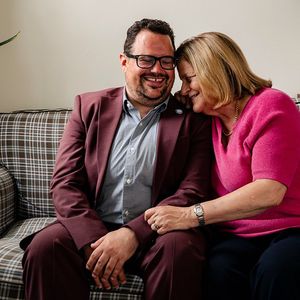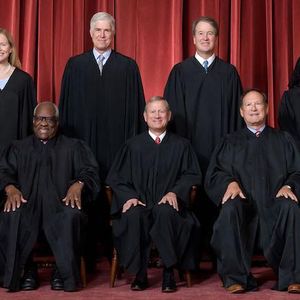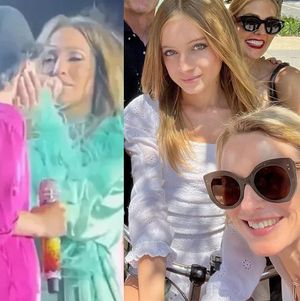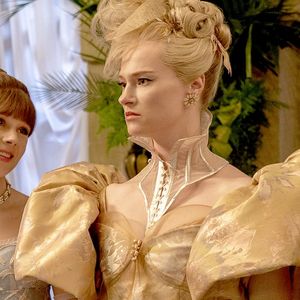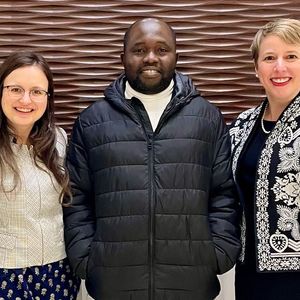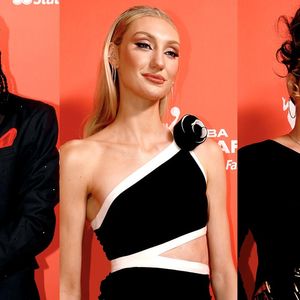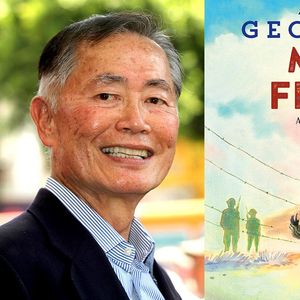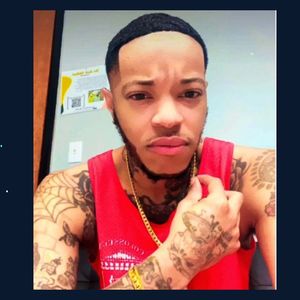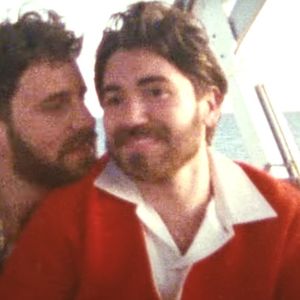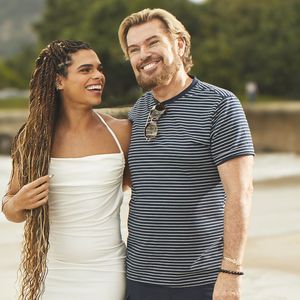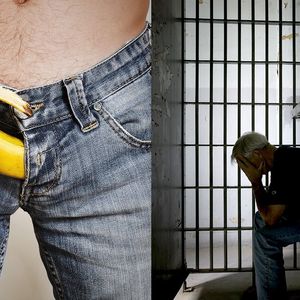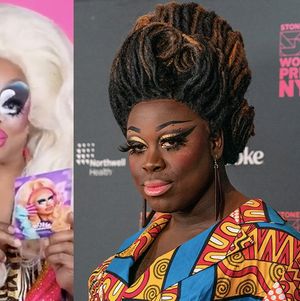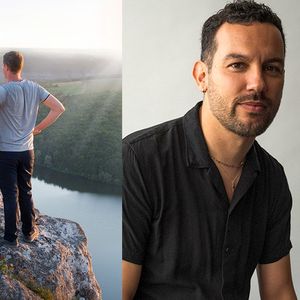Pictured: "Daymoon #7," 2011
Ryan MacFarland is turning nature on its head. With Tide Study, his first solo show, which opens July 6 at the Charles Bank Gallery in New York City, the photographer hopes to challenge the way we think about the world around us and see the natural settings through his distinct lens. We sat down with the photographer to discuss the inspiration for his latest collection and what's next on the horizon for this up-and-coming artist.
Out: How would you describe Tide Study, your latest exhibit?
MacFarland: It's a very simple statement show that investigates the larger aspects of nature that we understand, but can't necessarily see with our own eyes. I wanted to cover something that wasn't just the Aurora Borealis lights; instead, I wanted to do something that you could see every day, but that people don't try to wrap their heads around. The exhibit is basically an investigation into what we understand but can't see, and what we see but don't really know.
What was the inspiration for the exhibit?
I've always been obsessed with tree bark and grains of wood, little minor aspects of nature. I think the work has a very gut and instinctual feel to it. I was inspired by David Attenbourough's nature documentaries, but I think I do something quite different than he does. He breaks down nature into easily understandable bits, and my work does the opposite, presenting you with an idea to think about and consider. Instead of explaining something, it's trying to get you to ask yourself a question.
When did you start working on Tide Study?
The project has been around since 2009. When I was editing down to have the show printed I realized that over the course of three and a half years I only had sixteen pictures or so, which is when I started to realize this was really something.
How does this body of work differ from what you've done in the past?
My newer work removes figurative elements from the landscapes I shoot. In my previous shows I've mixed in portraits and figures within the shots; this time, however, the major step is that I've eliminated the figures from the landscapes. With this show, my thinking has really changed. It became necessary element for the work to have a more ethereal feeling without a figure or central concentration point. This way, it becomes more of a story.
How'd you first get your start in photography?
I didn't start taking pictures until I was 17. I took a class at the local community college, and it all started clicking from there. I went on to NYU and studied photography there. Honestly, I started to get a bit bored of school, so I began an internship with David LaChapelle when I was 18, a month after I'd moved to the city. From there, I started working with Ryan McGinley for about two years, and he ended up being one of the biggest influences on my work today. With both Ryan and David, I felt I had a relationship with their work before I actually started working with them.
What's next on the horizon for you?
I haven't been showing a lot lately, but I have three shows waiting. I've been working on a lot of diamond and pyramid pieces, employing traditional techniques that have been around for a hundred years or so. All of it is a work in progress, but my goal is to try to turn what we know about nature on its side a bit.
Tide Studies opens July 6 at the Charles Bank Gallery on 196 Bowery. For more information about the photographer, click here or visit www.charlesbankgallery.com
